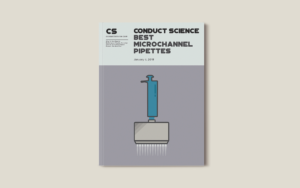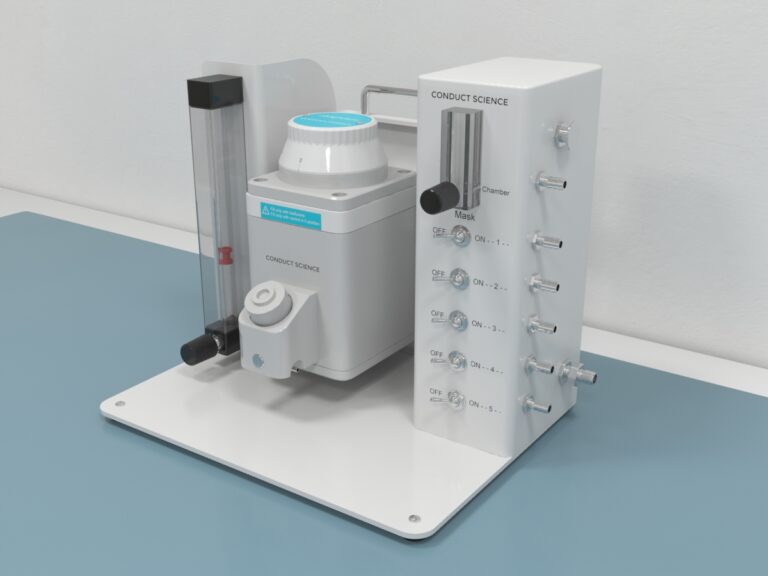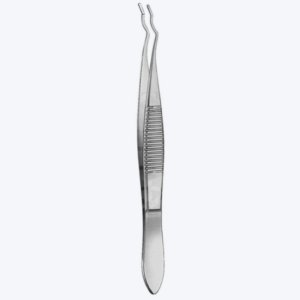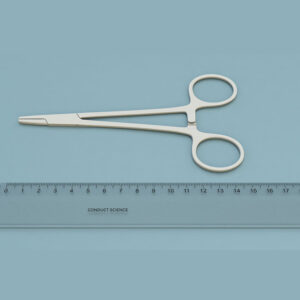
Best Microchannel Pipettes: A Comprehensive Guide
Introduction Pipetting, at first glance, would seem a fairly simple and easy task. Essentially described as glass or plastic tubes used to measure and transfer

Anesthesia is a condition of temporary loss of pain. It’s induced by using certain drugs, either for medical purposes such as surgery, skin biopsies, screening, dental work, and diagnostic tests or for animal research [1].
Scientists use anesthesia to prevent animals from feeling any pain and stress during experimental clinical studies of drugs or the development of regenerative medicines – this prevents pain and stress from altering the quality of the produced results.
A class of drugs called anesthetics induces anesthesia. Popular anesthetic agents used in lab animals include ketamine, propofol, isoflurane, and halothane[1]. Usually, after administration, the vital parameters (of the lab animals) are monitored for side effects or health conditions.
Also, the administration of the anesthesia differs based on the type of pain relief needed. For example, they can be delivered to animals either by inhalation, spray, eye drops, injection, topical lotion, or skin patch.
This article reviews the types of anesthesia, anesthetic agents, general components of anesthesia machines, and the side effects of anesthesia on animals.
Based on the different effects each type of anesthesia has on the animals, they are categorized into three:[1]
In general anesthesia, the whole body is rendered unconscious and immobile. It’s mainly used during more invasive and time-consuming procedures like surgery.[1] General anesthetics are given either as inhaled gas which takes longer to wear off, or administered directly through the bloodstream, which starts working immediately but rapidly wears off.
Regional anesthesia is used to numb a larger part of the body, like everything below the waist or the arm or leg. It’s generally used during minor surgeries[2]. It’s safer and doesn’t have many side effects and complications like general anesthesia and sedation. Examples are epidurals and spinal blocks used during cesarean deliveries.[2].
Local anesthesia is used to numb even smaller areas than that numbed by regional anesthesia, such as during dental work or stitching minor wounds.[3] At the time of the procedure, the administered person remains awake. Unlike general anesthesia, the side effects and complications generated due to local anesthesia are rare and minor.
The best anesthetic agents effectively reduce pain with the least side effects and soothe the recovery process.[4] Anesthetics are categorized into the following groups based on their means of administration:
Inhaled anesthetic agents are generally supplied as liquids;[3] thus, they require a vaporizer and carrier gas (like oxygen) to be administered to animals. To determine the right type and dosage of volatile anesthetics for any animal you’re working on, consult with an OAR or IACUC veterinarian.[4]
Furthermore, if the animal is deeply anesthetized, the anesthetic agents are quickly removed through the animal’s lungs and scavenged carefully to minimize its exposure to people nearby.
Commonly used inhaled anesthetic agents are:[5]
These are anesthetic drugs administered through a needle or syringe,[5] and once injected, the effects of these drugs are difficult to control. The recovery of animals from this anesthesia depends on the blood-to-tissue transfer of the drug, its metabolism, or both. Examples are:[5]
The type and age of an animal greatly determine the approach and drug dosage to anesthetize the animal. For example, anesthesia is induced using anesthetic gas in small lab animals.
Below are procedures on how to anesthetize animals based on the type of anesthetic agents used.[5]

Figure: An image of an animal being anesthetized in a chamber with volatile anesthetics.[5]
Sometimes, masks are put on animals’ noses and mouths to breathe in the anesthetic. However, it’s challenging to apply to large animals, and some animals might hold their breath during anesthesia procedures.
Injectable anesthesia can be given intraperitoneally, intravenously, intramuscularly, or subcutaneously. For example, for regional anesthesia, the drugs are injected into the subarachnoid or epidural spaces.
Below are some approaches used to deliver injectable anesthetics to animals:[5]
There are also some modern anesthesia machines available to anesthetize animals. They mix the anesthetics and other gasses and keep the animal in anesthesia during the whole procedure[7].

Figure: The image of a Multi-output Small Animal Anesthesia Machine.
Although the machine has hundreds of parts, some critical components mentioned here have a significant role in facilitating the procedure[7].
Several factors impact the effect of anesthetic drugs or induced anesthesia in animals. Some of these factors are mentioned below:[5]
Anesthetic drugs also have side effects like other drugs, which should be considered before anesthetizing any lab animal. Below is a list of effects associated with general anesthetics:[5]
Anesthesia is a general procedure used in labs to make animals unconscious and minimize their pain while performing critical experiments on them. A variety of anesthetic agents are available to induce anesthesia and based on their effect, they are categorized into general, regional, and local anesthesia.
Also, based on the mode of delivery, the anesthetic agents are classified into inhalation anesthetics and injectable anesthetics. However, before administering anesthetics to animals, it’s essential to consult a veterinary expert for suitable doses. The doses and types of anesthetics given to animals are based on their species, age, and health condition.
The delivery of anesthetics to animals can be more controlled by using modern anesthesia machines. These machines provide more control over the flow and consistency of gasses and help you to track the records.
If you’re looking for a suitable anesthesia machine to perform your research work, check out our advanced multi-output anesthesia machine!

Introduction Pipetting, at first glance, would seem a fairly simple and easy task. Essentially described as glass or plastic tubes used to measure and transfer

Resource Identification Initiative: A Key to Scientific Success and Analytics The key to success can be found in the essential principles of the Resource Identification

INTRODUCTION AND BRIEF HISTORY One of the most important pieces of equipment in the laboratory is the centrifuge, which facilitates the separation of samples of

INTRODUCTION AND BRIEF HISTORY One of the most important pieces of equipment in the laboratory is the centrifuge, which facilitates the separation of samples of






DISCLAIMER: ConductScience and affiliate products are NOT designed for human consumption, testing, or clinical utilization. They are designed for pre-clinical utilization only. Customers purchasing apparatus for the purposes of scientific research or veterinary care affirm adherence to applicable regulatory bodies for the country in which their research or care is conducted.